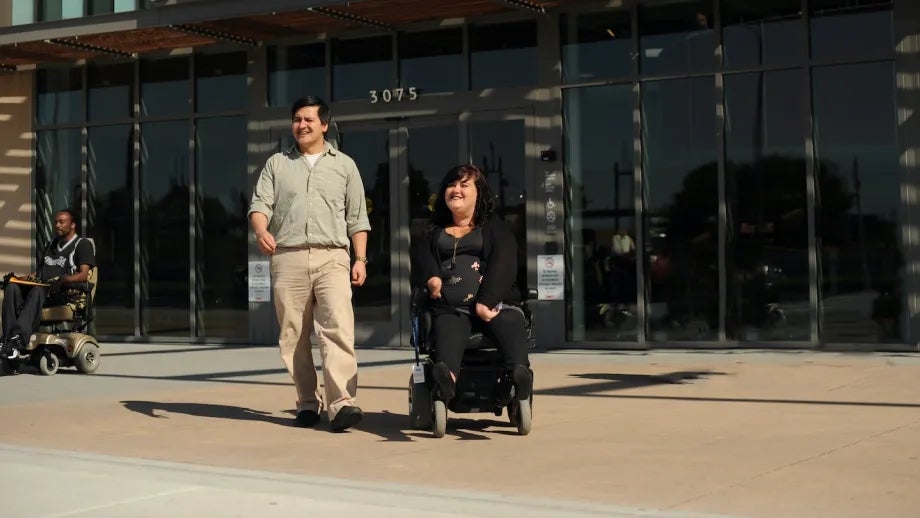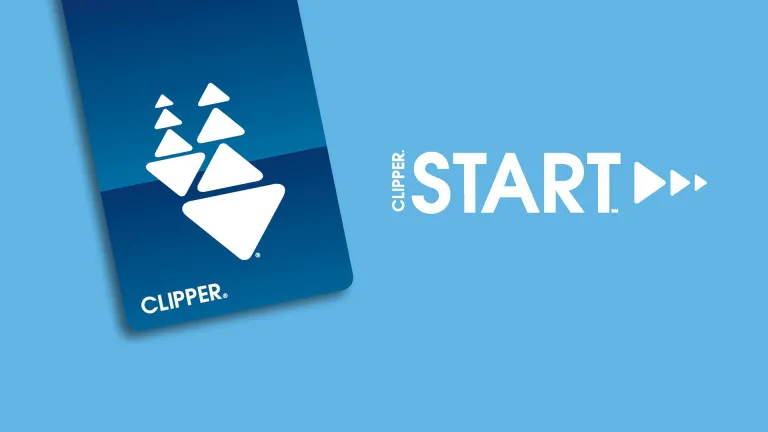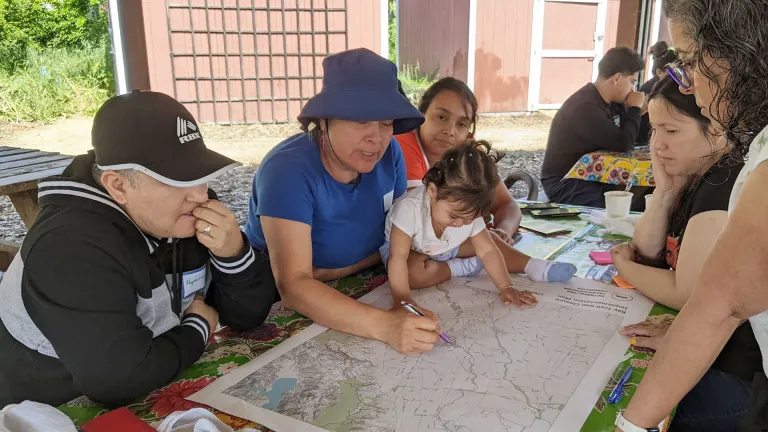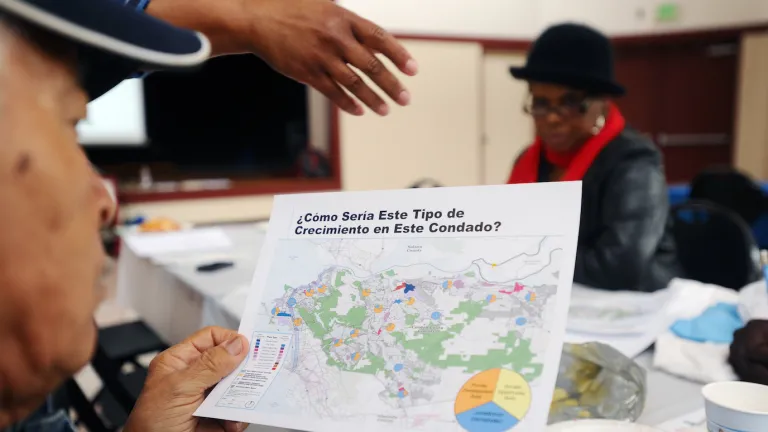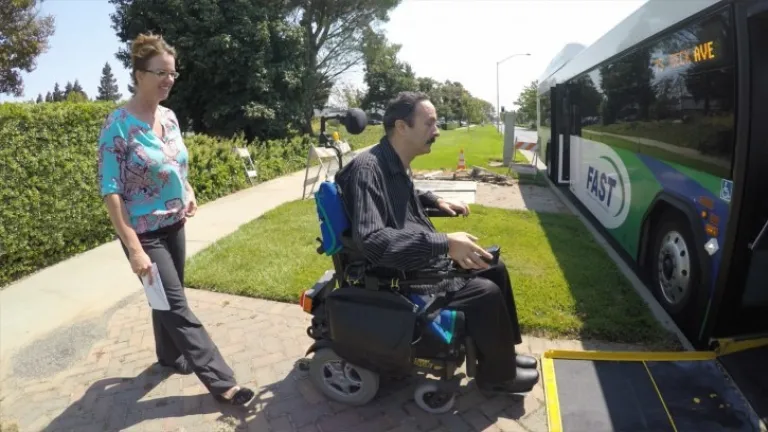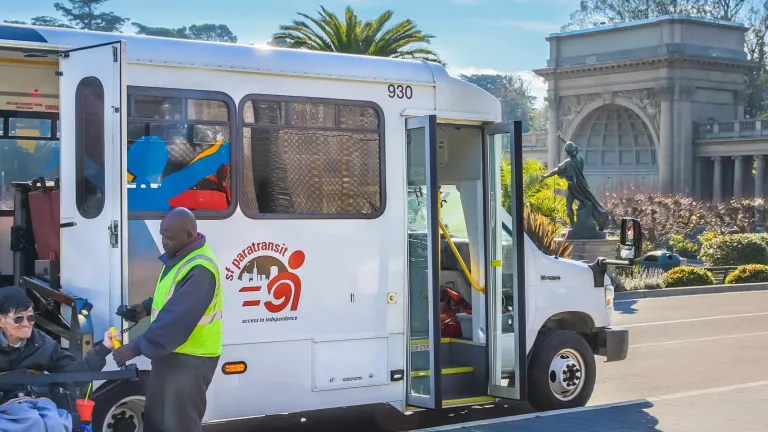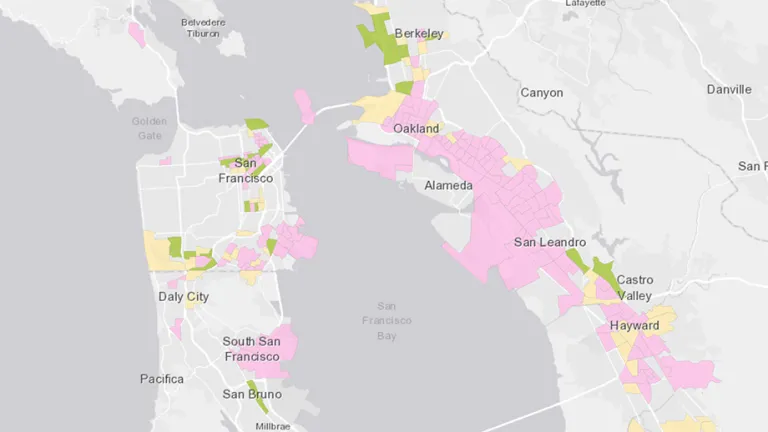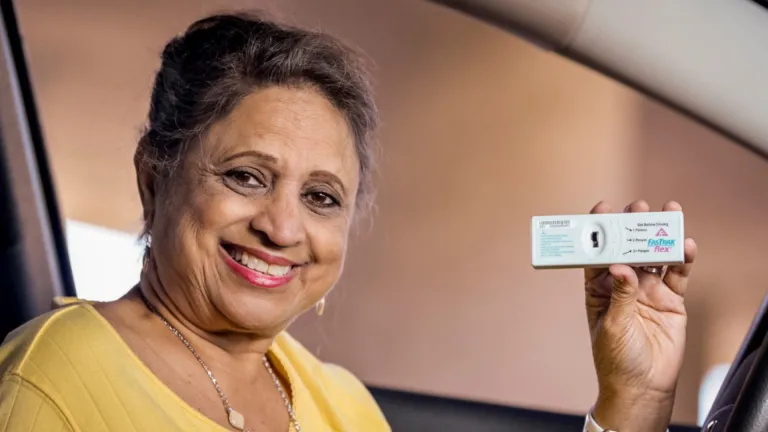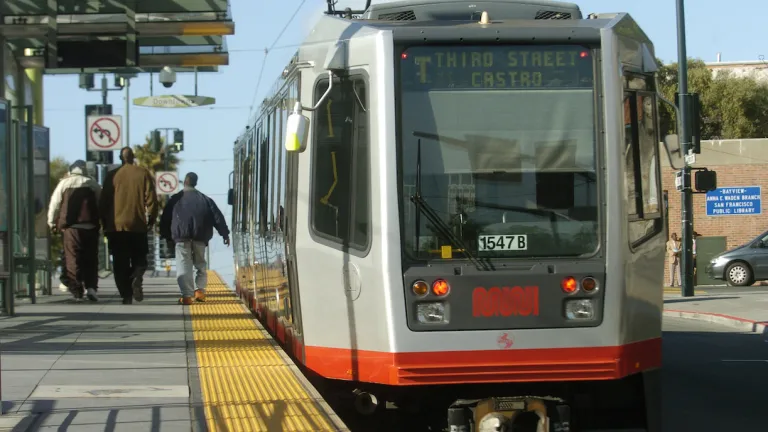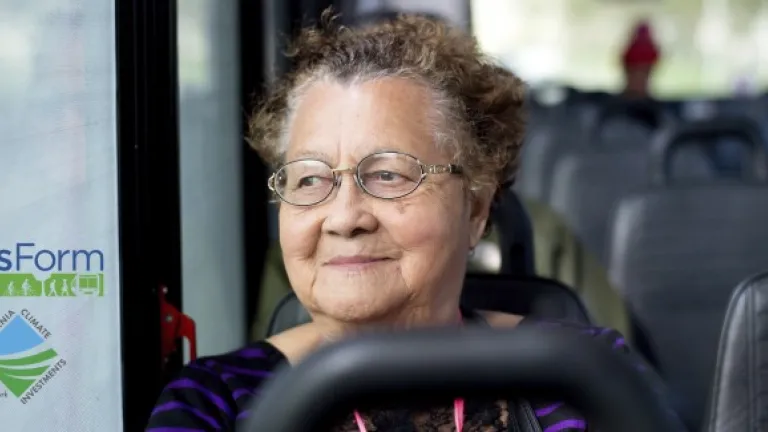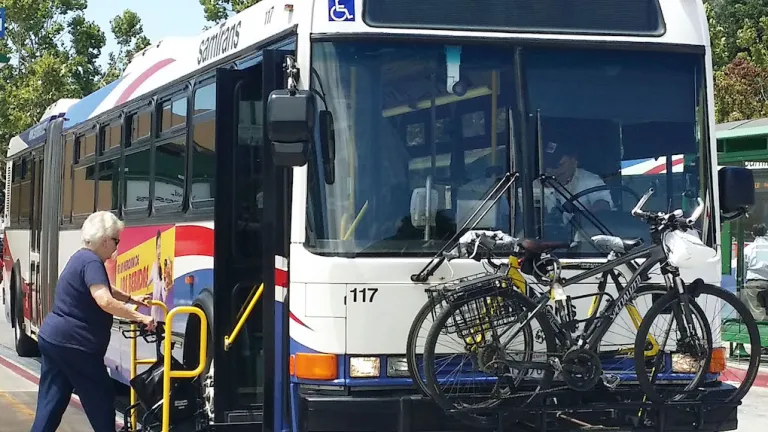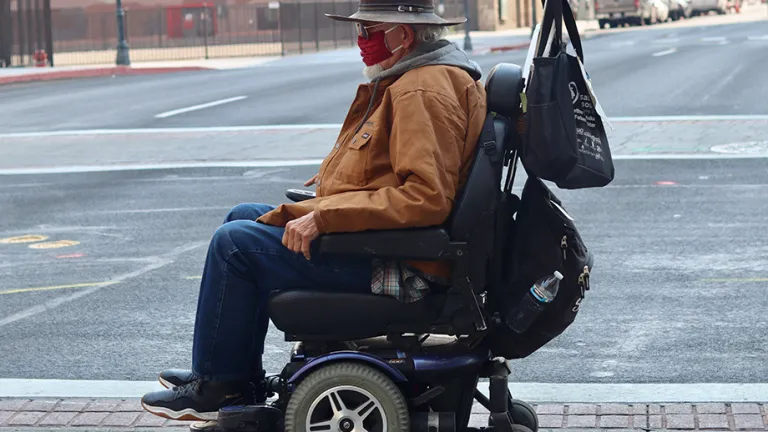Access, Equity & Mobility
MTC plans, coordinates and funds programs and projects to give older adults, people with disabilities and people with lower incomes equal access to transportation services.
Life in the Bay Area is better when everyone is able to get around — to jobs, to food, to healthcare, to family and friends.
MTC is at work planning, funding and coordinating accessible transportation for the Bay Area’s older adults, people with disabilities and people with lower incomes.
The Bay Area’s population is aging, and, over the last decade, the portion of the population living in poverty has suburbanized.
On top of that, a growing share of the population lacks access to a vehicle. Together, these trends could cause our most vulnerable populations to have fewer transportation options and less access to vital services, like food, healthcare, jobs and recreation.
MTC 2018 Coordinated Public Transit-Human Services Transportation Plan Update
Transit accessibility experts discussed why equity requires that public agencies design for people who face the biggest barriers to access, and how it makes a better system for all.

